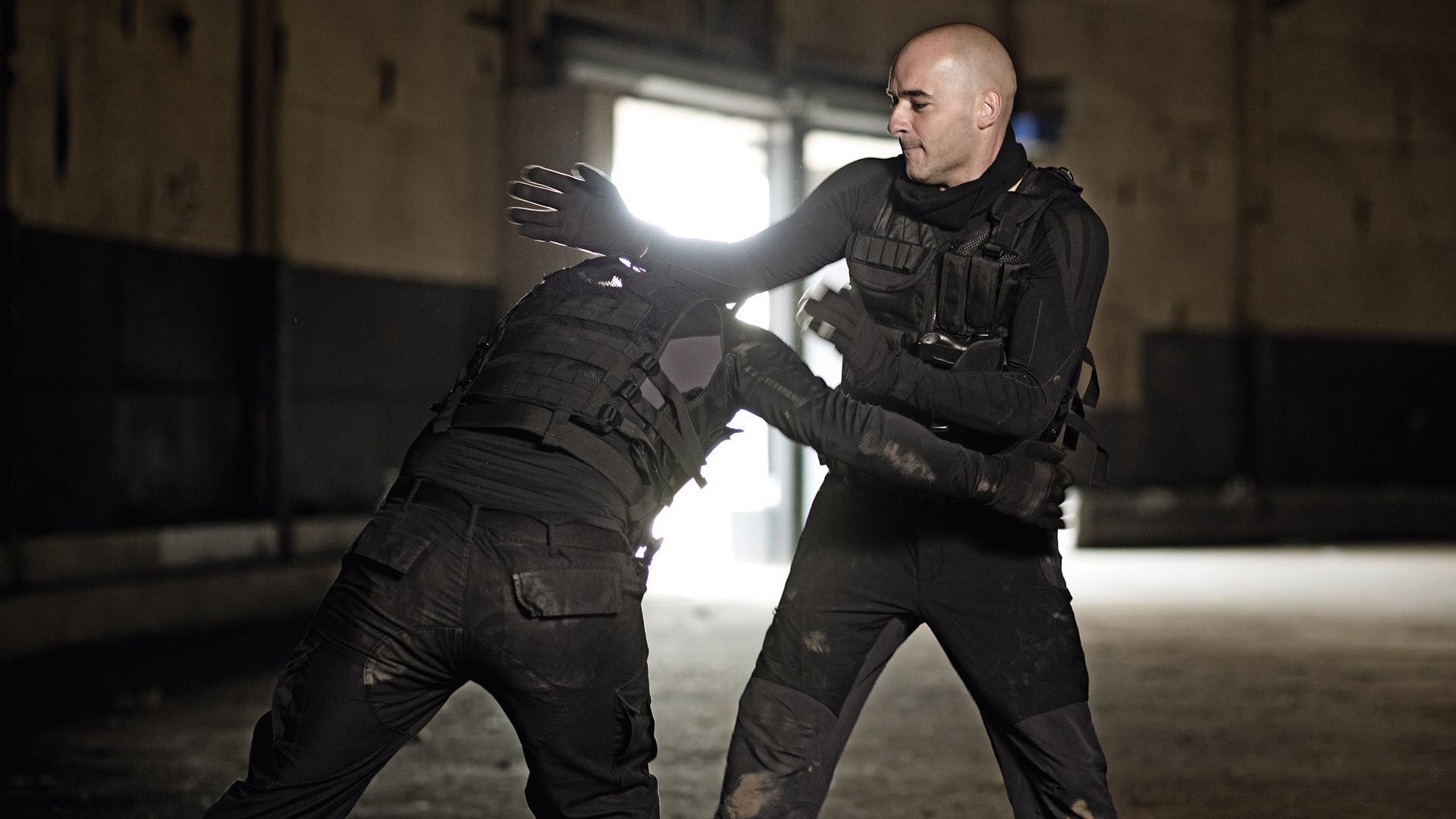[ad_1]

The state of Ohio requires approximately 80 hours of defensive tactics training for new cadets. In those 80 hours, cadets are required to learn and satisfactorily perform a multitude of techniques, including arrest and control holds, takedowns, ground manipulation, weapons retention and handcuffing. Very few departments address training in these techniques after the academy, due to either staffing issues, budget constraints, focusing on training new policy or devoting in-service training to the required firearms and EDC annual qualifications. Complacency, ego, time and the physical discomfort inherent to the training usually prevent officers from pursuing further instruction on their own time.
Teaching in multiple academies for the last few years, I have noticed a disturbing trend in the rosters of the classes. In every academy class I have taught, more than half of the students have never been in a physical altercation of any kind. There occasionally is someone who wrestled in high school or studied martial arts, but a majority of the cadets have not ever been in an “actual fight.” As an instructor, not only do I have to make sure there is an adequate understanding of the technique and its application, but I have to try to instill a fundamental shift in thinking and situational awareness. Simply performing a satisfactory armbar on a nonresistant partner will not serve the students in a real and dangerous situation. There must be physical and mental stress added to the training to ensure an appropriate response and understanding. There must be stress inoculation. After the introduction and instruction in the principles and application of the techniques, students must be able to “pressure test them.”
One method to achieve this is repetition with an increasingly noncompliant partner. This will allow the student to develop a greater understanding of the application and opportunities for use of each technique, as well as instill confidence in the student. Students should routinely work with partners of different body types and familiarity to increase this understanding. Students should be placed in positions of disadvantage to add familiarity and increase problem solving.
Another method for stress inoculation is adding physical stress (strength and cardio) to the training. When the students are tired, weakened and winded, the training will force them to internalize that understanding and allow them to utilize the techniques more efficiently. This is a relatively safe way to simulate the fatigue of fighting and adrenaline usage. It also allows students to address their own deficiencies in their physical training. While a physical encounter can be exhausting regardless, students need an understanding that they must maintain physical and mental readiness as much as possible. Not being able to perform a technique in a relatively safe and structured environment will prove disastrous in dangerous and rapidly evolving encounters.
Scenario training allows for a safe, structured and practical way to induce stress and test skill. In training scenarios, I usually keep parameters limited to just their role and a desired outcome. This is to prevent the students from overthinking and to observe their genuine reaction to the situation. Use of a box or blindfold while entering the scenario disorients the student, adds anxiety and forces students to quickly react; effectively mimicking the surprise, stress and adrenaline dump of a real situation. However, for scenario training to be effective, there must be a prior understanding of the principles and application of the techniques presented, or otherwise students will regress into previous learned behaviors.
It is important to note that while I have framed this article as instructing cadets, all officers should incorporate realism and stress inoculation into their training. Shooting paper only once a year or just assuming experience will carry you through an encounter is an extreme risk. Officers literally face the risk of injury and death daily.
Every routine pat-down and arrest is a hands-on subject control situation. With the increased danger, scrutiny and liability in this profession, the importance of consistent and quality training cannot be overemphasized. Departments need to address comprehensive and realistic training regularly, in all aspects. In post-incident briefings, constructively address training and experience deficiencies with yourself and other officers. Departments need to be encouraged to conduct further training to lessen the chance of officer and suspect injuries, and to allow officers to have the confidence and skills to de-escalate and prevent greater use-of-force instances. All officers should seek advanced training routinely and maintain a state of physical fitness and readiness.
Routinely test yourself and your skills, push yourself and inspire others to do the same.
As seen in the March 2023 issue of American Police Beat magazine.
Don’t miss out on another issue today! Click below:
[ad_2]




